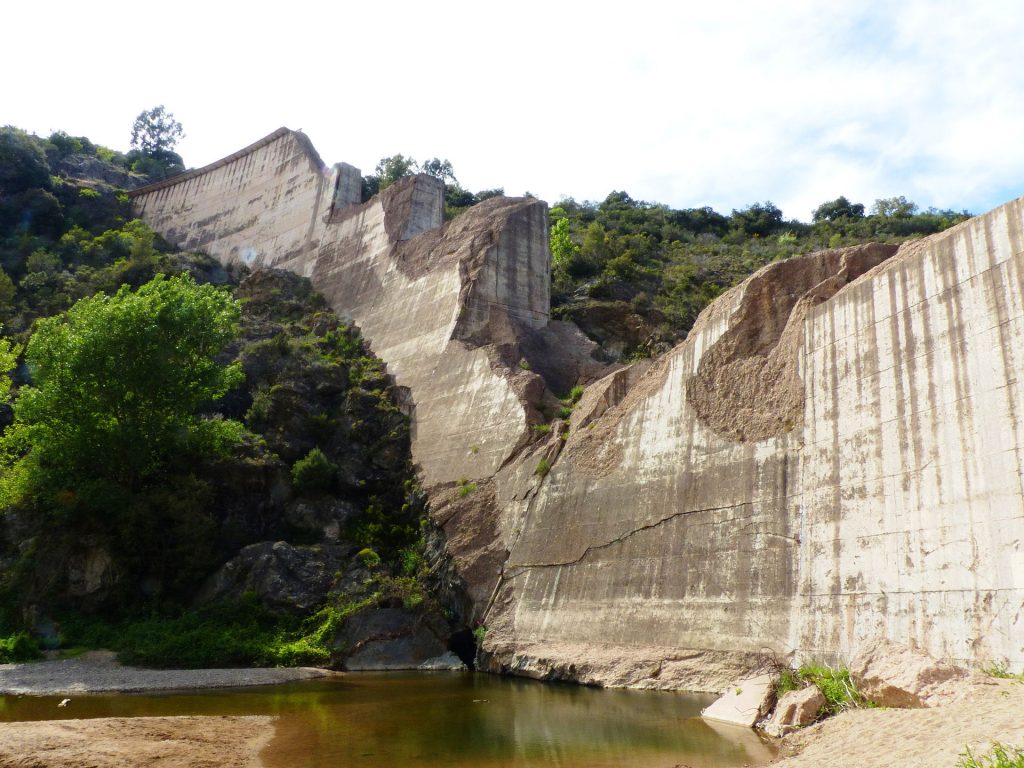Researchers are using a 3D scanner to predict the geographical conditions that cause dams to collapse. In a scaled-down model reservoir, the team used an Optech ILRIS (Intelligent Laser Ranging and Imaging System) to record different bank angles and determine the conditions where a critical failure might occur.

The study, titled Identifying the influences of geological factors on reservoir bank collapse by a model test draws on years of research made by leading geologists, including the statistical Bank-Slope Structure Prediction Method (BSSPM) proposed by Tang et el. And Xu et al. in a study of the collapse area of the Three Gorges Dam, which stretches across China’s Yangzte River. At 2,335 meters long, the Three Gorges is the world’s largest hydroelectric dam.
In addition to slope angle, the team examined four other variables to bank sensitivity: the density, clay proportion, wave height and water level, eventually finding that slope angle was the factor that had most effect on the bank’s probability to burst. Collapsibility depended upon waves being able to affect a belt of erosion within the dam, and the team determined the angle of the slope above and below water, along with the length of the below water beach, that meant that the waves no longer had affect.

Considering the devastating cost of a dam burst, such risk assessment is essential to reservoir engineering. The Malpasset Dam in France, which was finished in 1954, collapsed five years after its completion due to geological instability caused by changing water levels. 423 people were killed in the flood caused by the dam’s catastrophic failure, which wiped out entire villages in its wake, and accumulated a total capital cost to $68 million. Though there are still discrepancies between forecasting and the actual outcome of a collapse, with the advancement of 3D scanning technology, and implementing it to predict such situations, it is hoped that such catastrophes cannot only be managed, but eradicated entirely.

Featured image shows the Three Gorges Dam on the Yangzte River. Photo via: beyondhue on flickr


